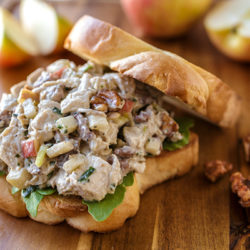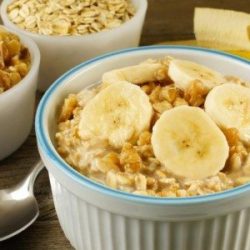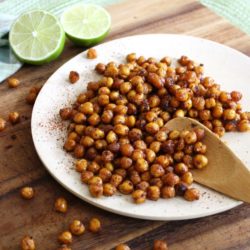Chickpea Lettuce Wraps

Chickpea Lettuce Wraps
Prep Time
1 hr 30 mins
Cook Time
10 mins
Total Time
1 hr 40 mins
Image Source/Recipe Source:www.showmetheyummy.com
Keyword:
Entrée, Side
Servings: 6
Ingredients
- ½ cup dried chickpeas garbanzo beans
- Lettuce leaves
- 1 lime juiced
- 1 tbsp sugar
- 1 tbsp olive oil
- 2 garlic cloves finely minced
- 1 mango diced
- 1 cup grape tomatoes cut in half
- ½ cup red onion diced
- ¼ cup cilantro leaves chopped
- ¼ cup fresh mint leaves chopped
- Salt and pepper to taste
Instructions
-
Place chickpeas and 6 cups of water in a pot and bring to a boil. Boil for 2 minutes, turn off heat, cover and let stand for 1 hour. Keep beans covered and cook over low to medium heat for about 1-½ hours or until desired tenderness is reached, drain and set aside.
-
Separate the lettuce leaves. Wash and dry them gently; set aside.
-
Combine lime juice, sugar, olive oil and garlic in a small bowl; set aside.
-
In a large bowl combine the chickpeas, mangoes, tomatoes, onion, cilantro and mint. Add the reserved dressing and gently toss to coat. Season with salt and pepper, to taste.
-
Place a portion of the chickpea salad over each of the lettuce leaves and enjoy.



